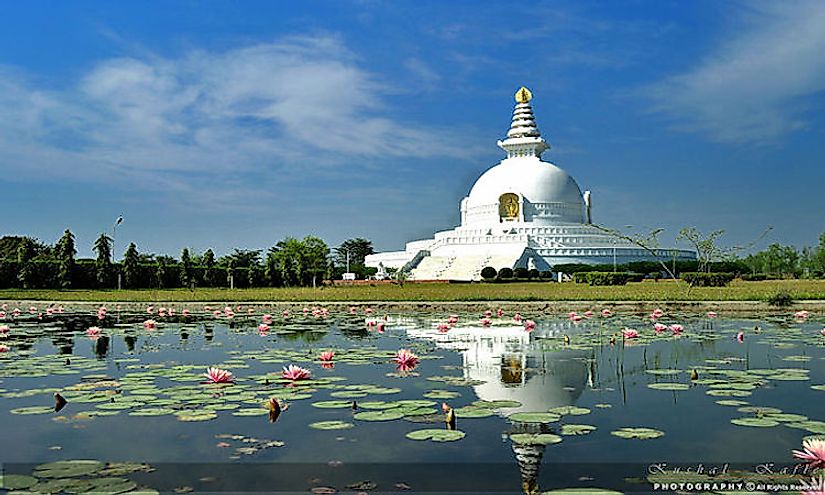UNESCO World Heritage Sites In Nepal

UNESCO World Heritage Sites are cultural, historical or natural areas of preservation that have been identified and ratified by the UNESCO. The sites are selected depending on their cultural, natural, historical and scientific significance and are placed under protection by international cities. In Nepal, several sites have been identified as UNESCO World Heritage Sites making them locally and internationally important for tourism and conservation of natural, historical and cultural (mainly religious) heritage of local and international communities.
UNESCO World Heritage Sites In Nepal
Chitwan National Park
Chitwan national park is located in south-central Nepal and was established in 1973 making it the first national park in Nepal. During the 20th century, the park was a hunting ground for the ruling class. The hunters killed rhinos, tigers, leopards and bears leading to a sharp decline in their population. The area was designated a protected area for a trial period of ten years under the recommendation of Edward Pritchard Gee in 1959. The following years saw a continued decline in the rhino population to 95 from 800 prompting the government to gazette Chitwan as a national park in 1970. The park was given the UNESCO World Heritage Site status in 1984. The park attracts a lot of tourists due to the varied and numerous diversity of wildlife including mammals, birds, and reptiles.
Kathmandu Valley
Kathmandu Valley is a cultural heritage site that received the UNESCO world Heritage Site status in 1979. Kathmandu valley has a history of more than 1500 years with monuments and historic buildings related to the Hindus and Buddhists. The valley has notable and famous stupas such as the Boudhanath Stupa and Swayambhunath stupa, several; world heritage sites and more than 100 monuments. Several temples exist within the valley including the Changu Narayan and Pashupatinath temples. The valley has other protected areas within it including Patan Durbar and Bhaktapur Durbar squares which are considered endangered due to loss of some of their cultural value. Most of the buildings and settlements within the valley were destroyed during the 2015 Nepal earthquake that saw the deaths of thousands of people. Some monuments and sites were repaired.
Lumbini
Lumbini is a UNESCO World Heritage Site from 1997. It is an important cultural site as it is the birthplace for the Buddha Siddhartha Gautama in 563BCE. The Buddha is said to have achieved enlightenment and founded Buddhism. The site is revered as a pilgrimage site and houses some temples, monasteries a holy pond and ancient monuments. Lumbini attracts a large number of tourists and Buddhist followers who have pilgrimage from early morning until evening. The site has been developed recently by private and governmental efforts. Hindus also visit the site for pilgrimage during the full moon between April and May.
Sagarmatha National Park
The park was inscribed a UNESCO World Heritage Site in 1979 after its establishment in 1976. The park was established for the protection and conservation of natural resources, forests, and wildlife within the area. The park received tourists from the 60s and has remained a famous tourist attraction due to its unique wildlife and varied climate. Among the species found in the park are Himalayan monal, yellow-billed chough, red panda, langur monkeys, martens, musk deer and the snow leopard. The park was identified an important bird area by Birdlife International with its unique bird species numbering to more than 118.
Significance Of The World Heritage Sites
The sites in Nepal are a major tourist attraction that earns the town foreign exchange. Besides tourism attractions, the sites especially cultural ones are important in the celebration of religious festivals and understanding as well as appreciating the history of their religion and manifestations of their beliefs in the construction of religious monuments.
UNESCO World Heritage Sites In Nepal
| UNESCO World Heritage Sites in Nepal | Year of Inscription; Type |
| Chitwan National Park | 1984; Natural |
| Kathmandu Valley | 1979; Cultural |
| Lumbini - Birthplace of the Lord Buddha | 1997; Cultural |
| Sagarmatha National Park | 1979; Natural |







